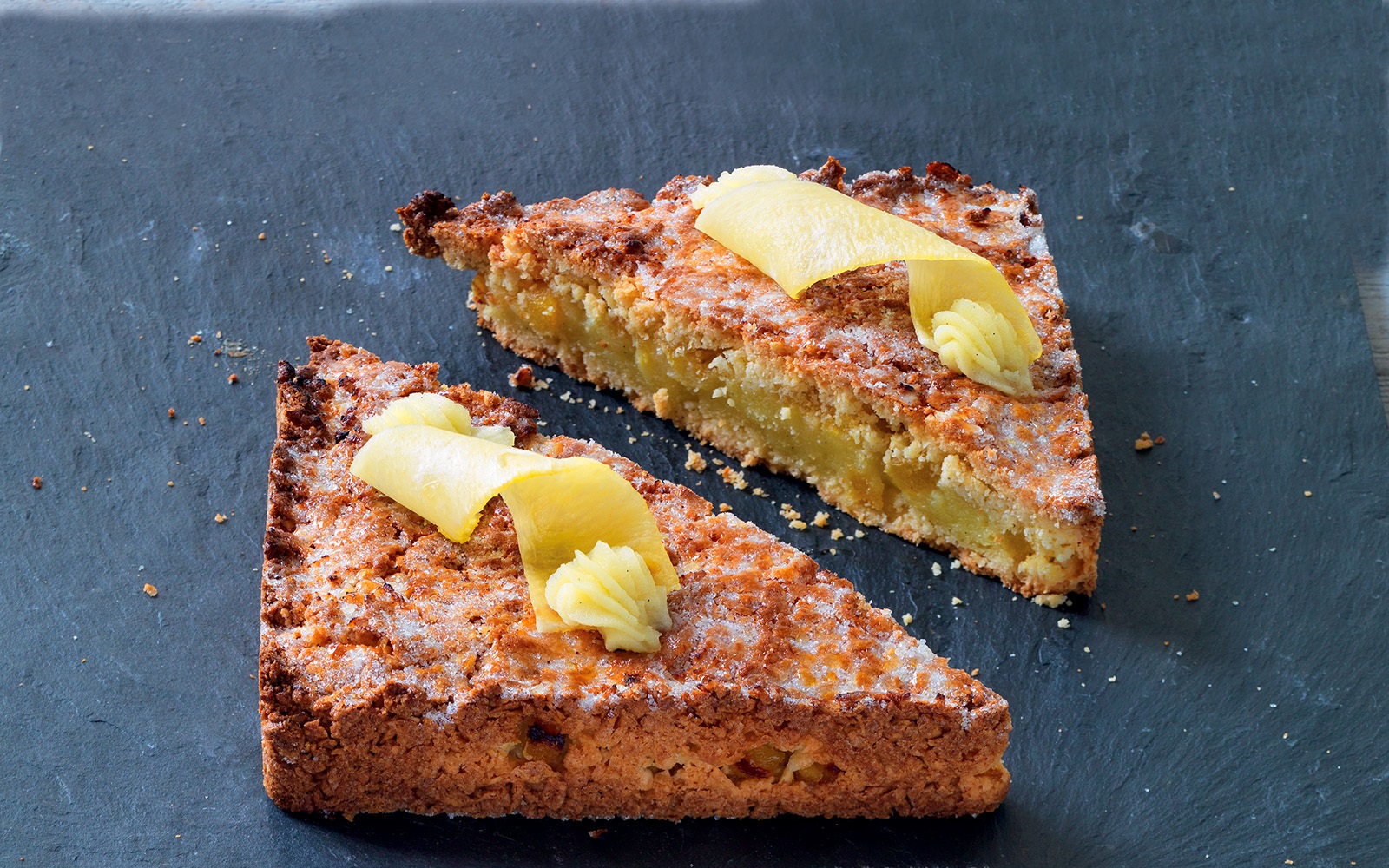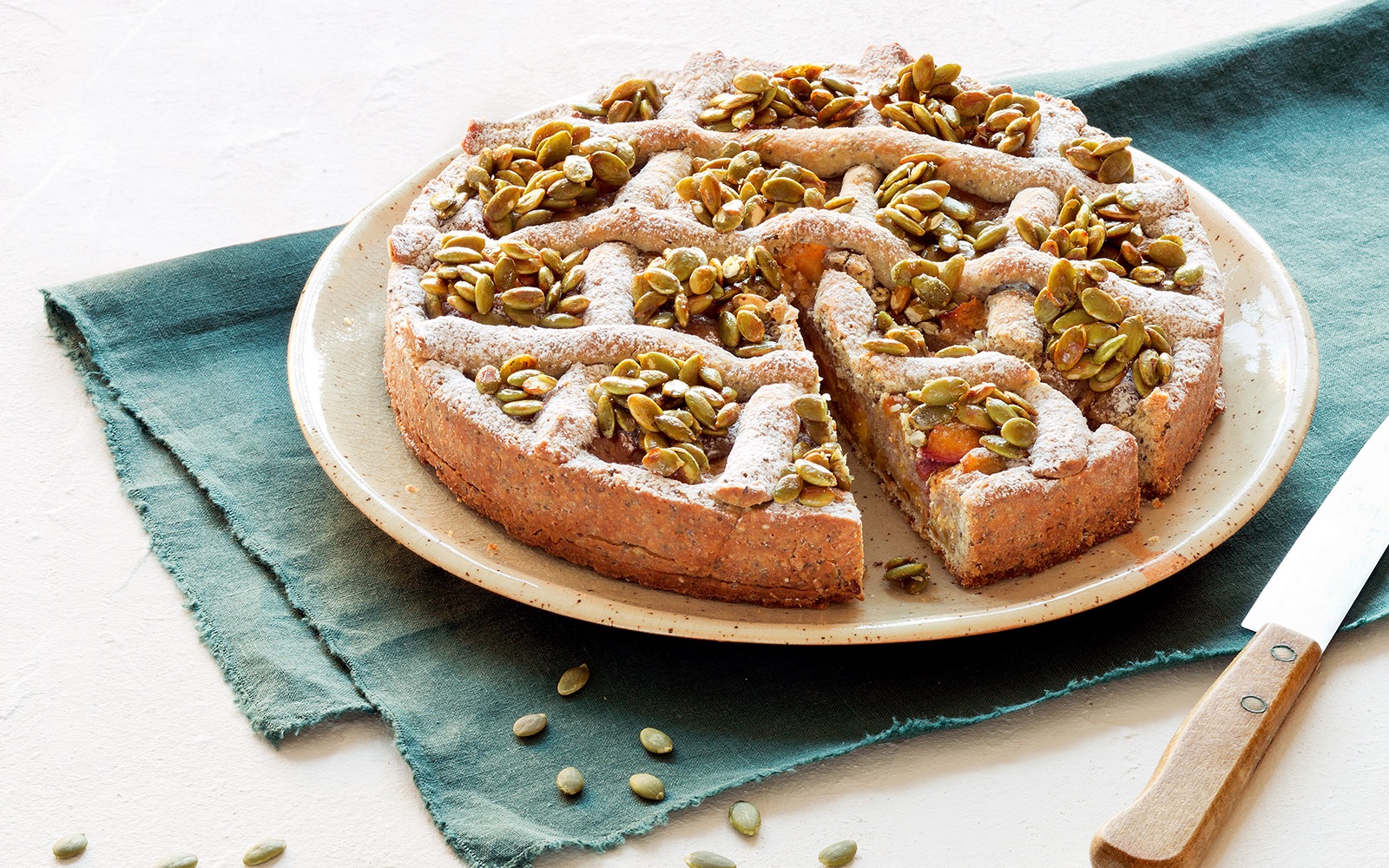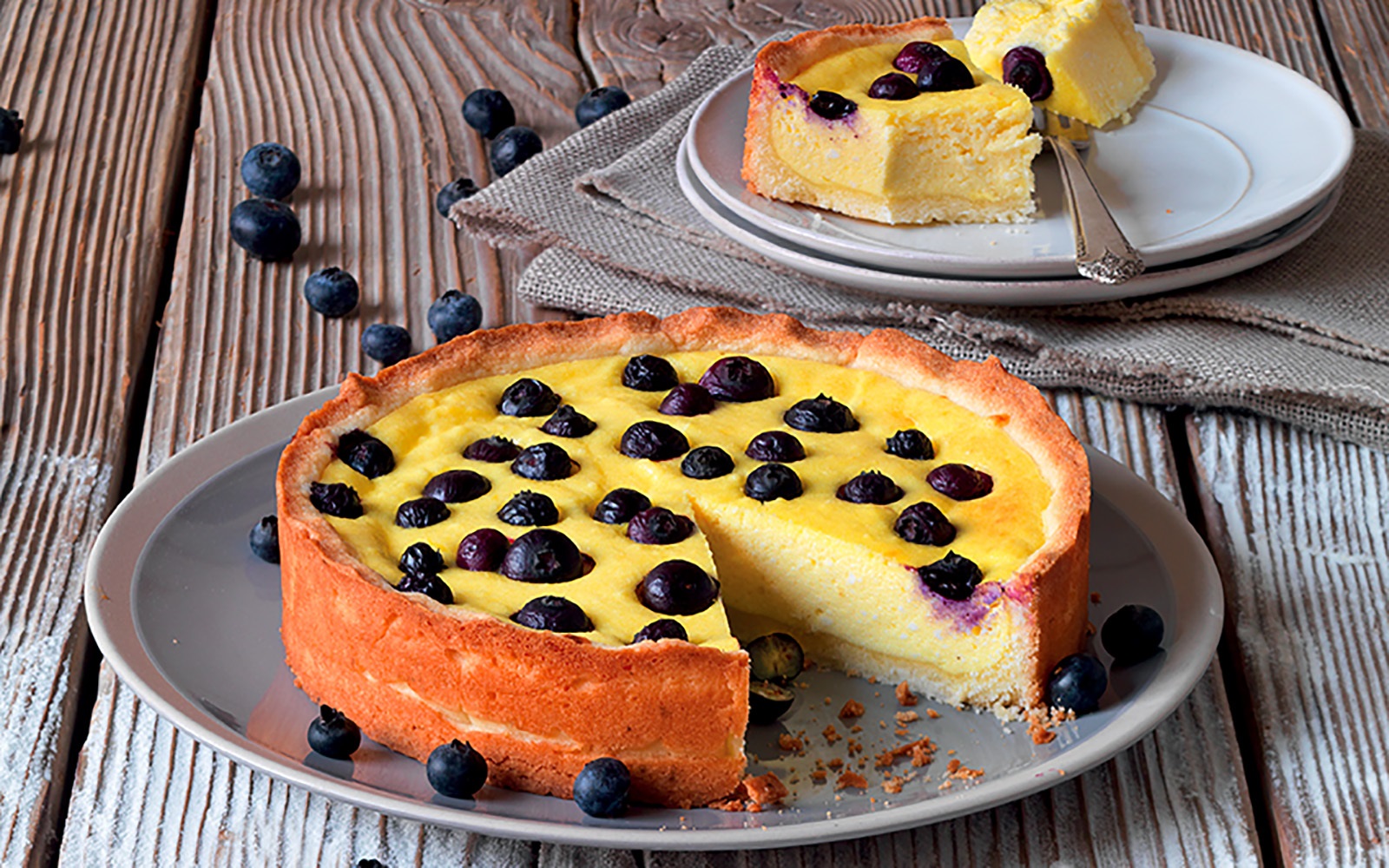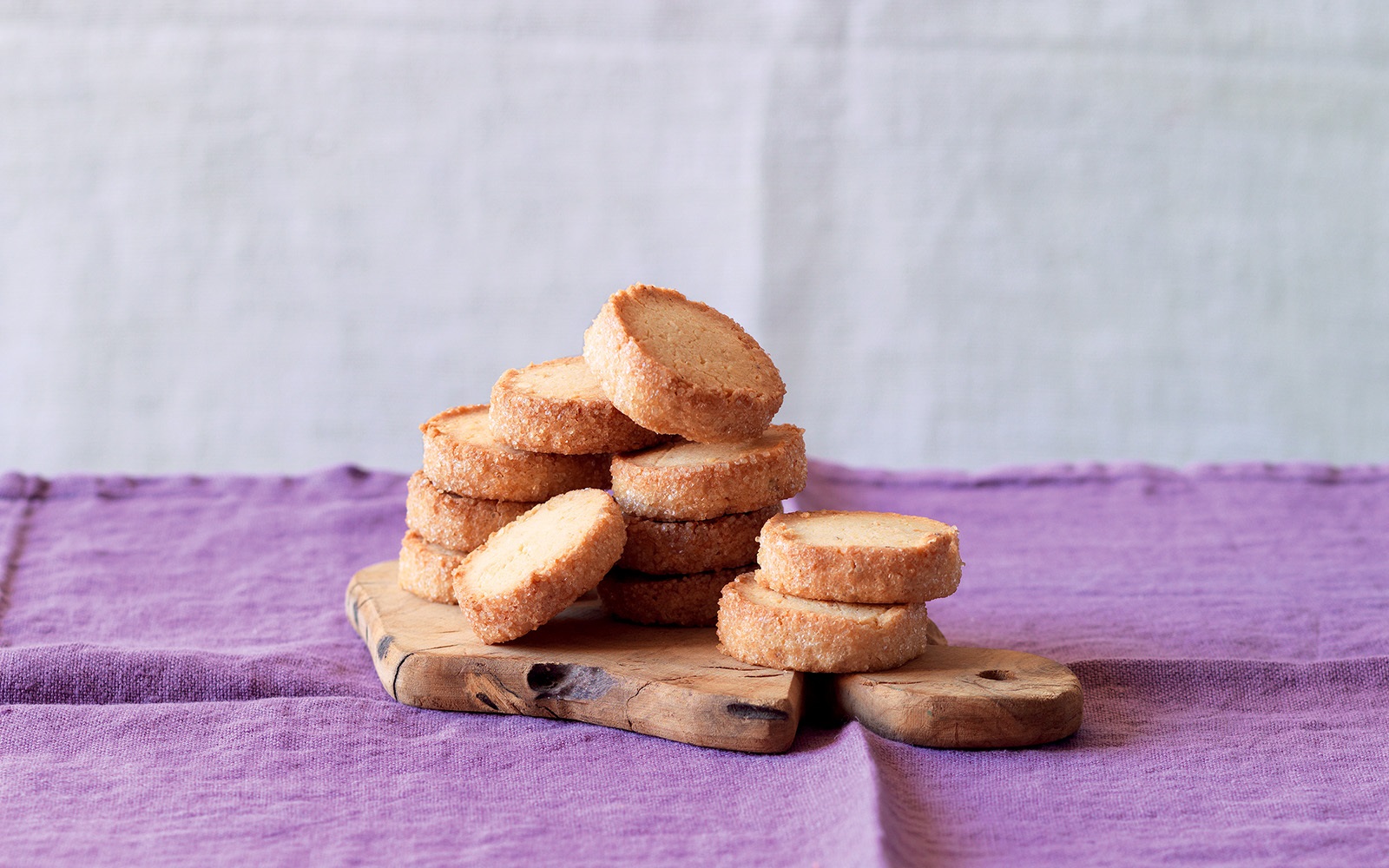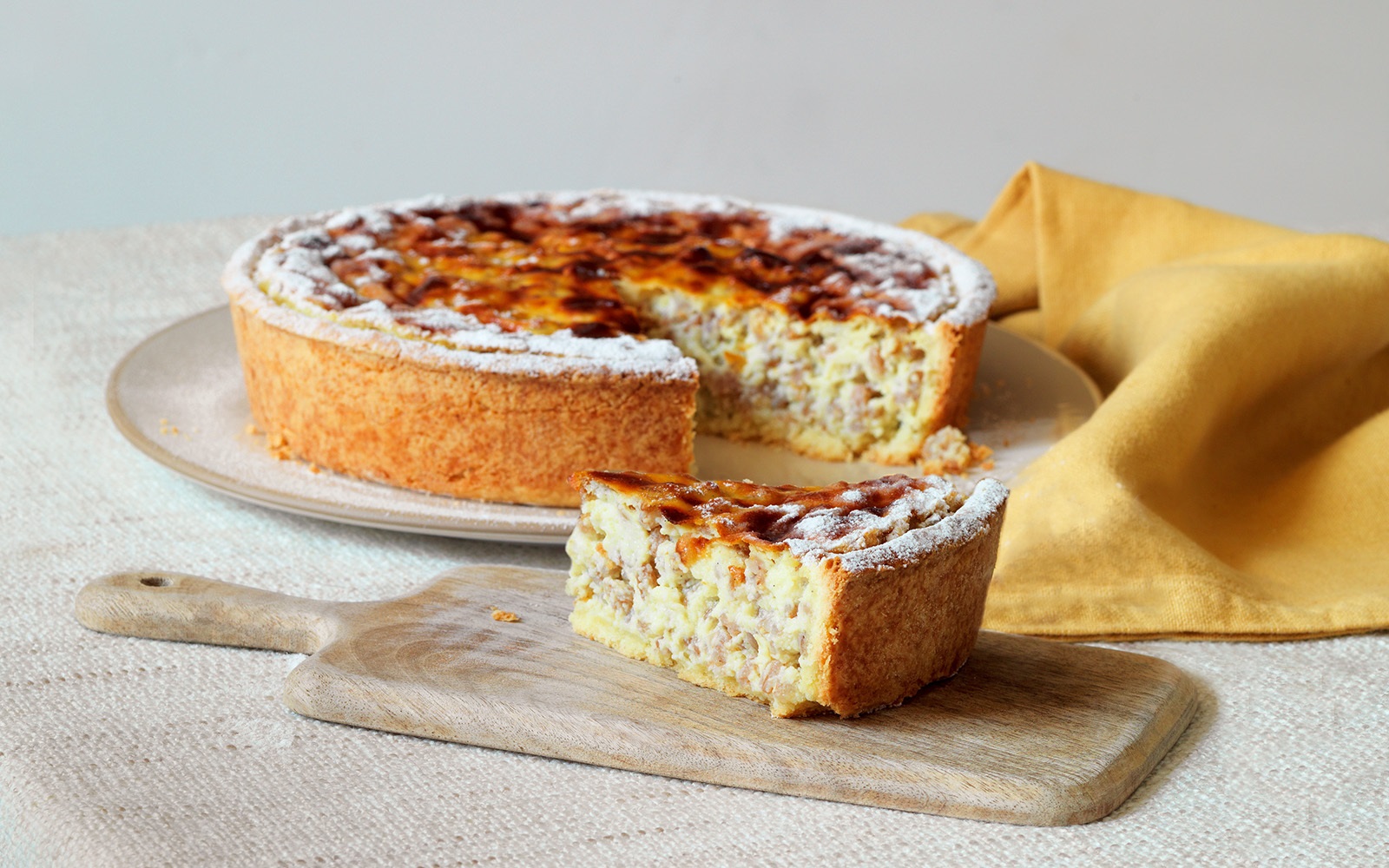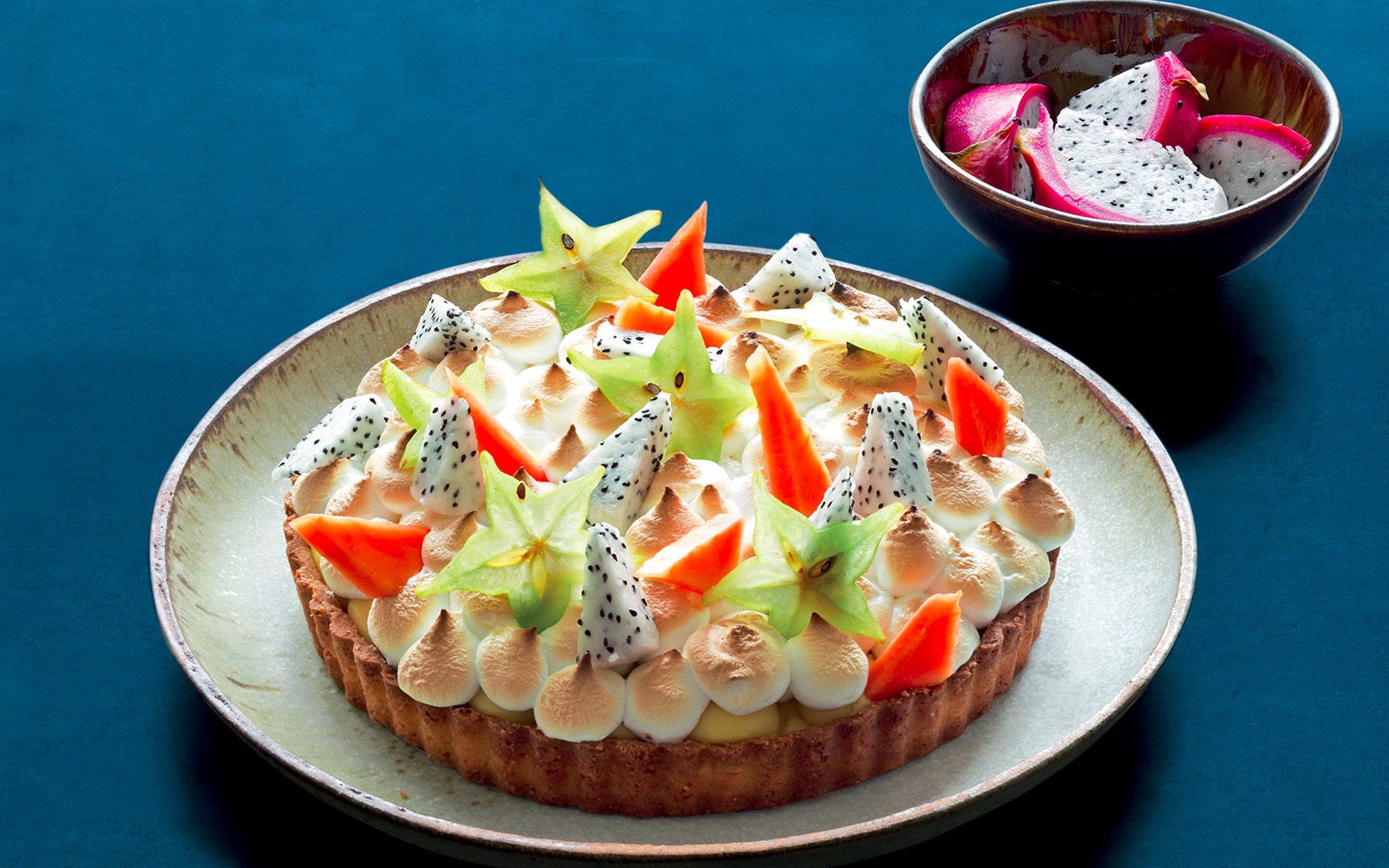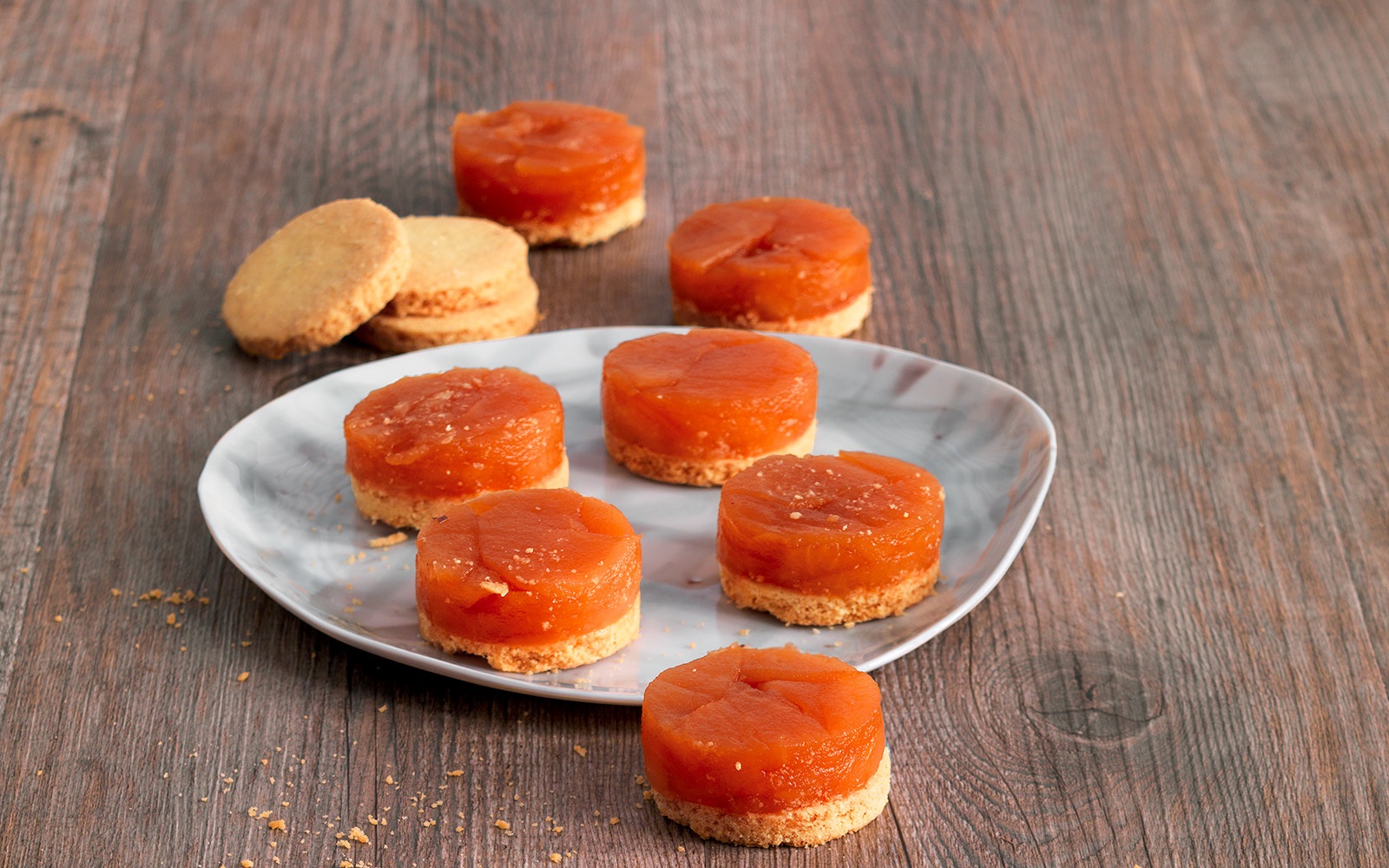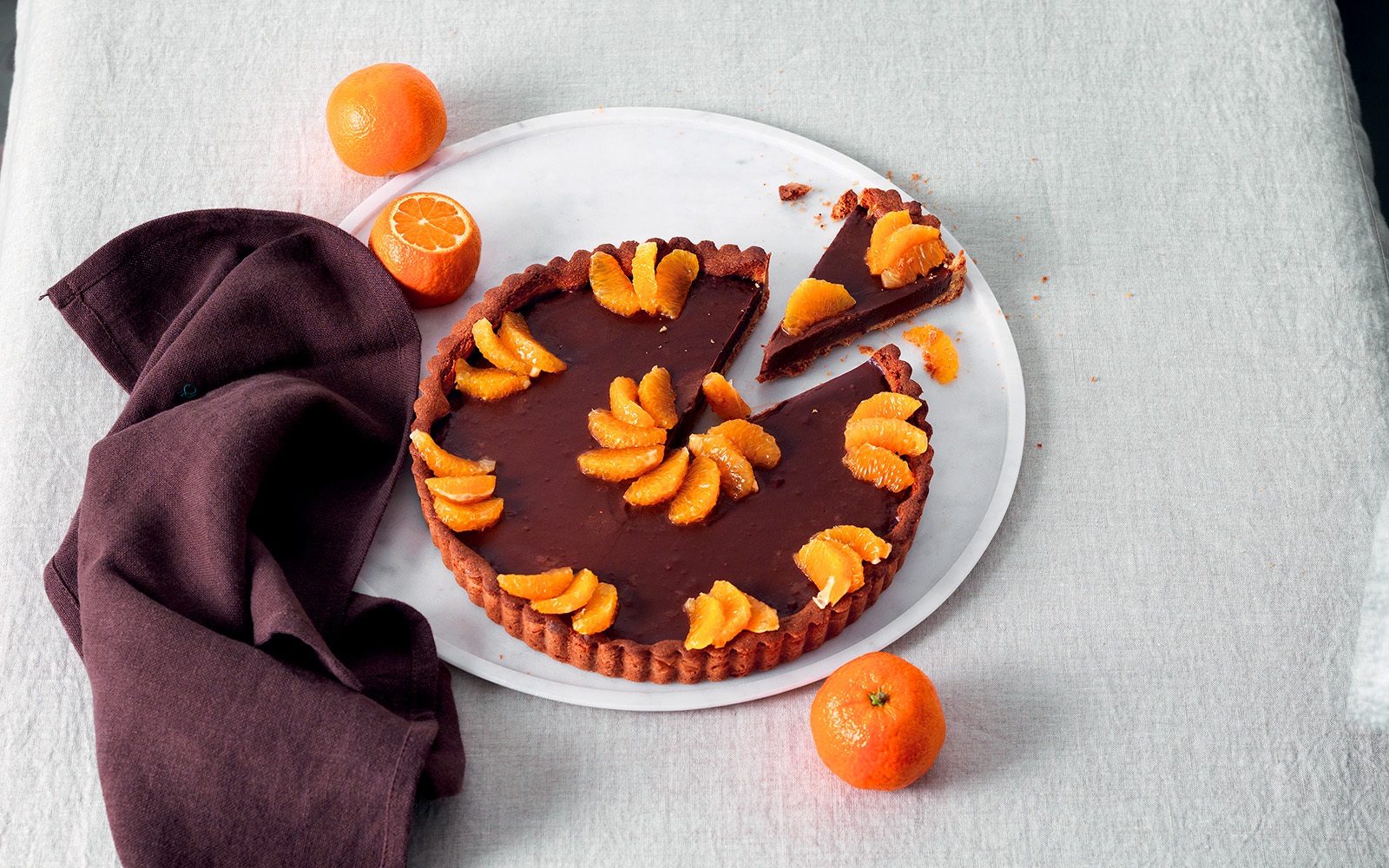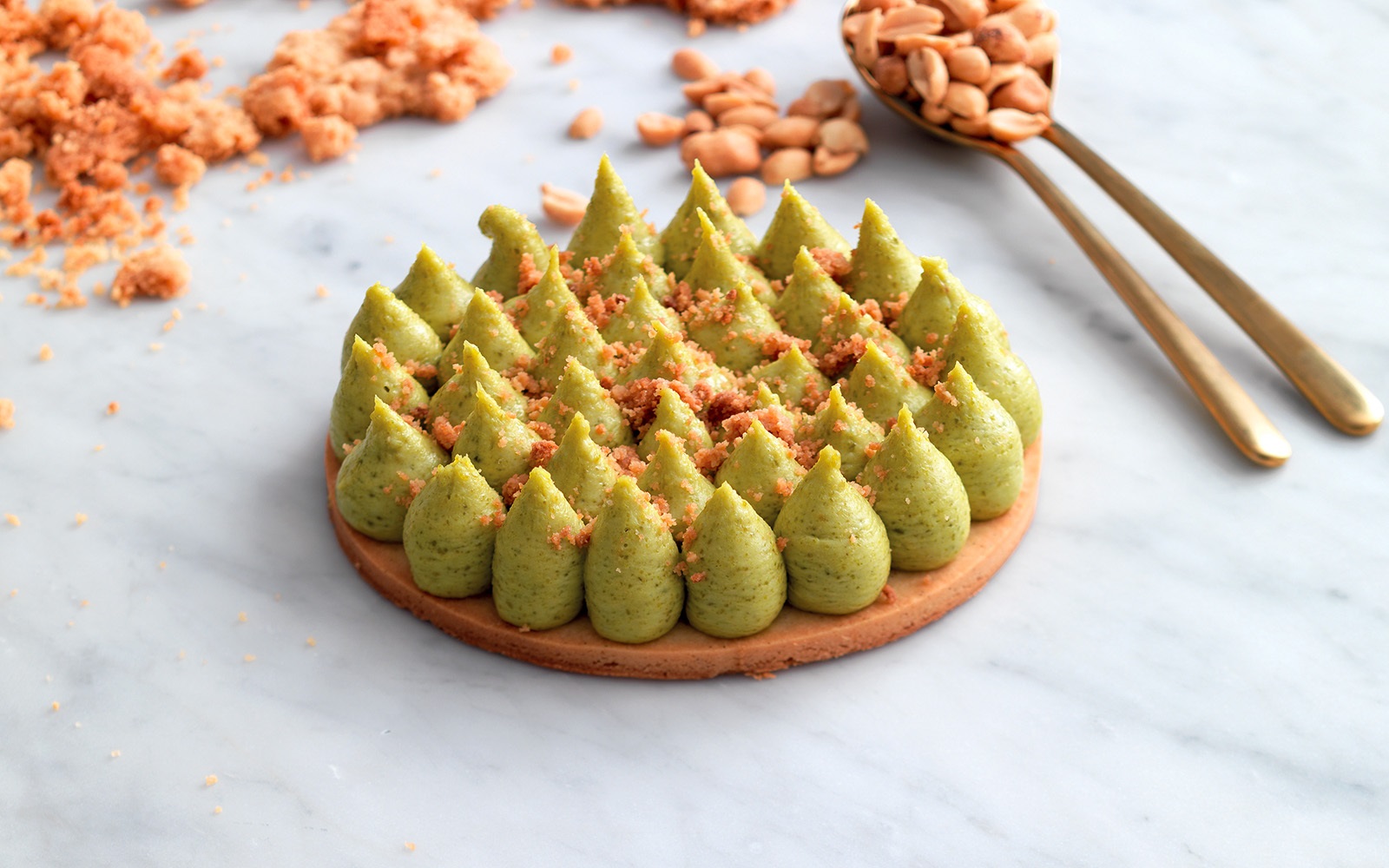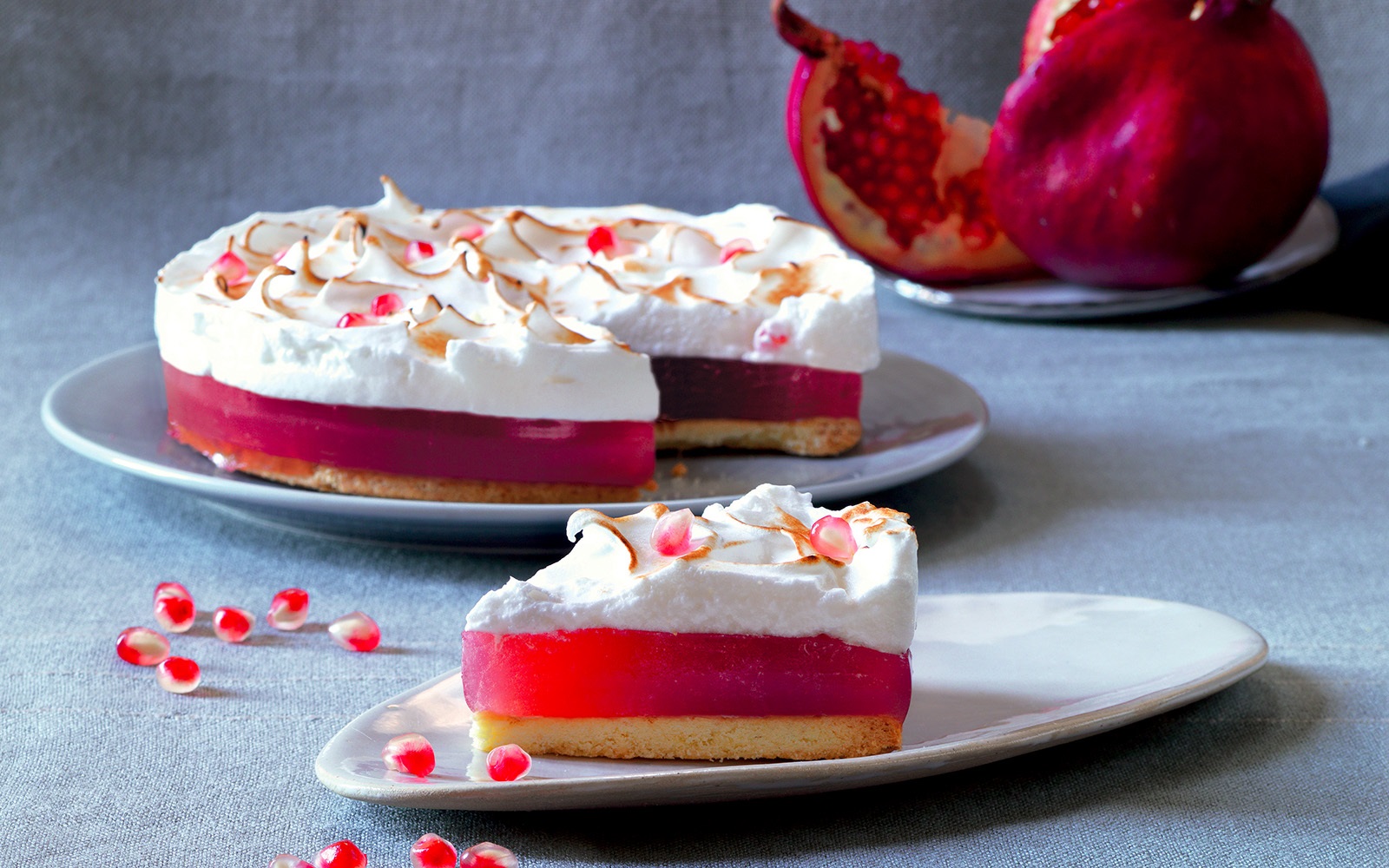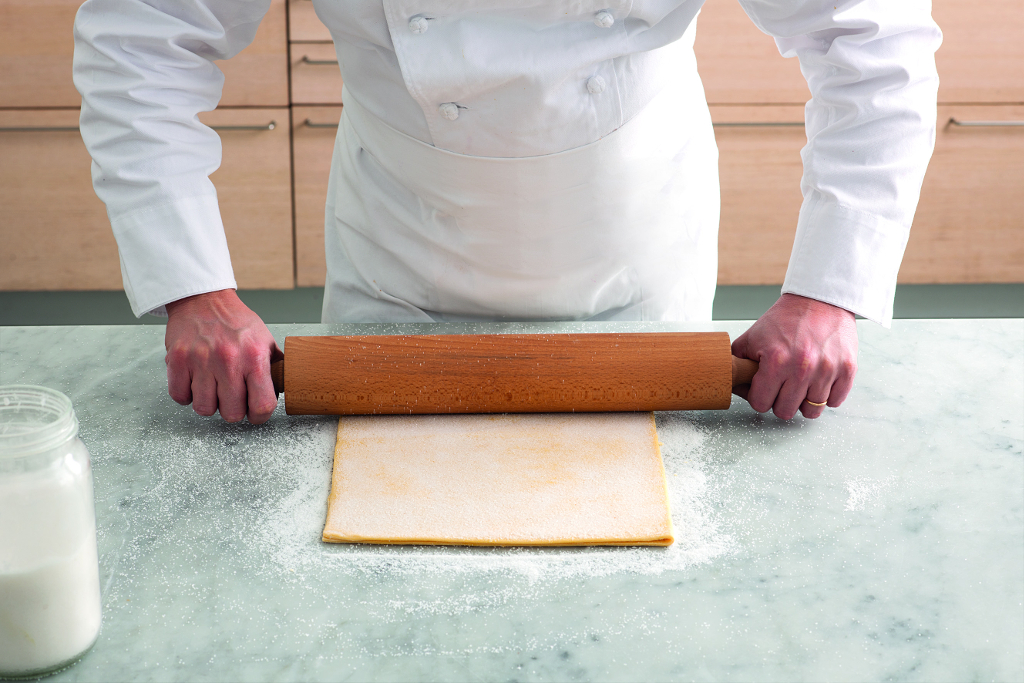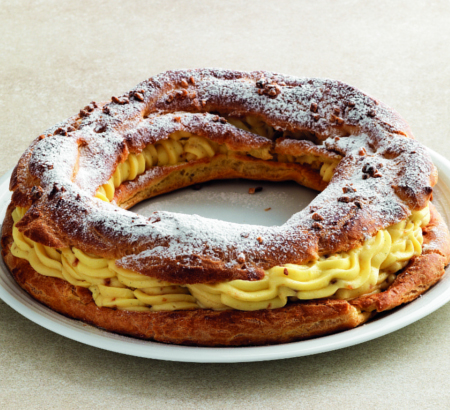The short pastry is one of those bases that allow you to free the kitchen fantasy. A sweet scented shell in which to pick the tastiest jams, the freshest fruit and the most delicious creams. And if for us it is not the time to dedicate ourselves to the preparation of the fillings, there is no problem. Why the beauty of the pastry is that it is very good even alone.
Ideal for preparing biscuits, it can be enriched with almond flour, hazelnuts, cocoa and pistachios. Sprinkled before being baked with brown sugar for a crispy effect or icing sugar after cooking, for those who think it is never sweet enough.
And if you are thinking about why the shortcrust pastry sounds so close and known, the answer is simple. It's thedough base of home desserts, those simple and fragrant baked by mothers and grandmothers on winter afternoons. But also the base of fruit pies that make the summers and baskets so delicious that they seem designed to gather all the sweetness of strawberries when spring arrives.
So, before choosing the best way to use the shortcrust pastry choosing among the recipes proposed in the gallery above, let's review the basic recipe.
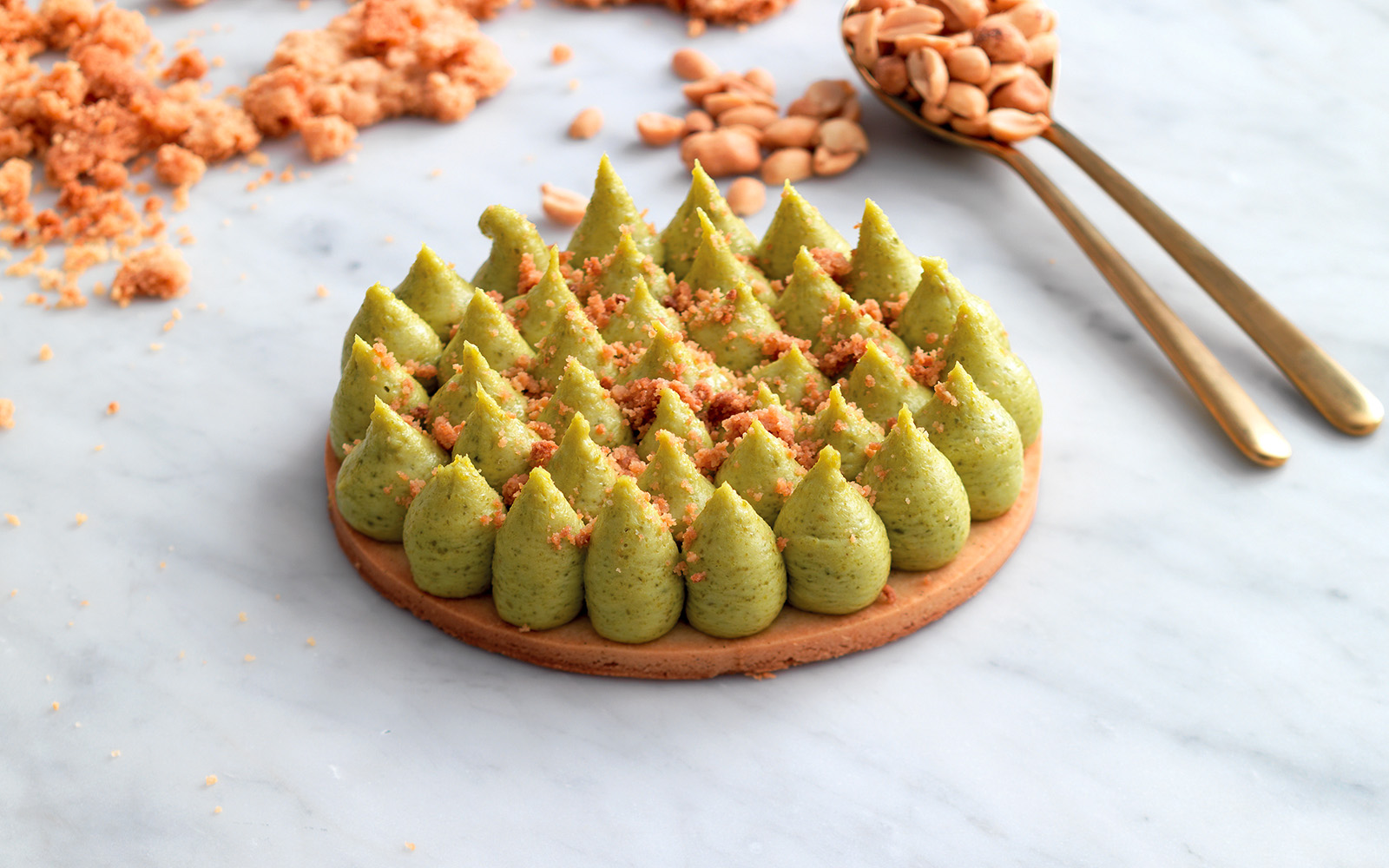
Shortcrust pastry, the classic recipe
Ingredients for a dough
500 g 00 flour plus a little – 300 g butter – 200 g granulated sugar – 5 egg yolks – salt – vanilla – lemon
Method
Collect the flour and the diced butter in a bowl; break the butter with your fingertips, intertwining the flour until you get a dusty set of tiny crumbs: fished away from the bottom and proceed crumbling from bottom to top, without crushing the dough too much. In this way the butter fat will protect the gluten molecules of the flour, avoiding then combining with the moist part, making the dough too elastic and without the characteristic friability. Then add the sugar, a pinch of salt and aromas (optional and choice: the most common are vanilla or vanilla seeds and grated lemon peel). Finally add the egg yolks: dilute them, then knead by pressing the dough between your fingers until you get a homogeneous dough. If you have very hot hands, instead of kneading the dough, you can beat it several times firmly on the work surface, in order to touch it less: the body heat melts the butter making it difficult to process, which must be rather quick.
Let the dough rest for at least 30 'in the fridge: the butter has to resume consistency and the dough must lose that minimum of elasticity due to the gluten's stress during processing: it will then be easier to spread. Finally remove the dough from the fridge and leave it to heat for a few minutes: if you stretch it immediately, it breaks. Knead it with a rolling pin on a floured surface.


